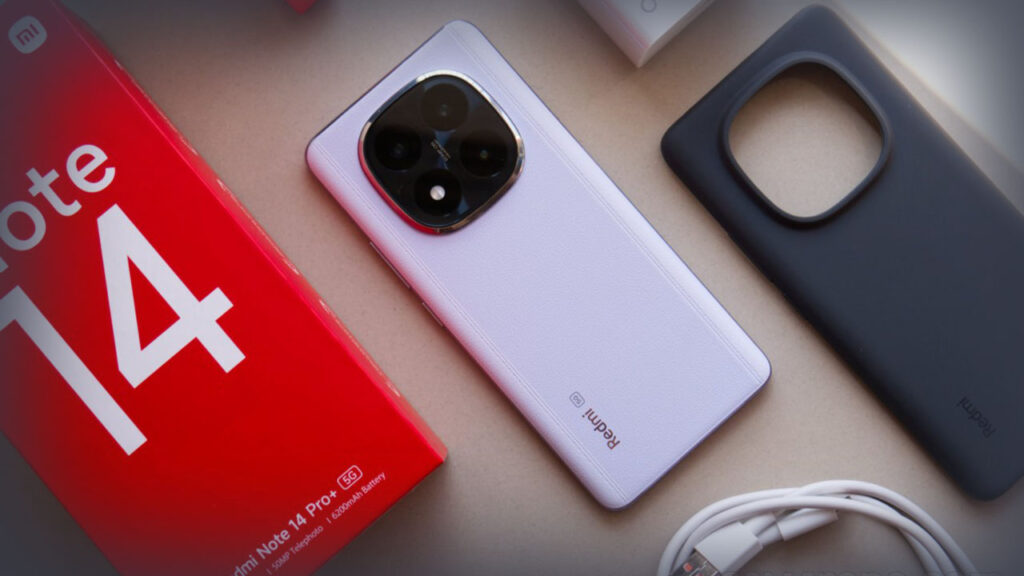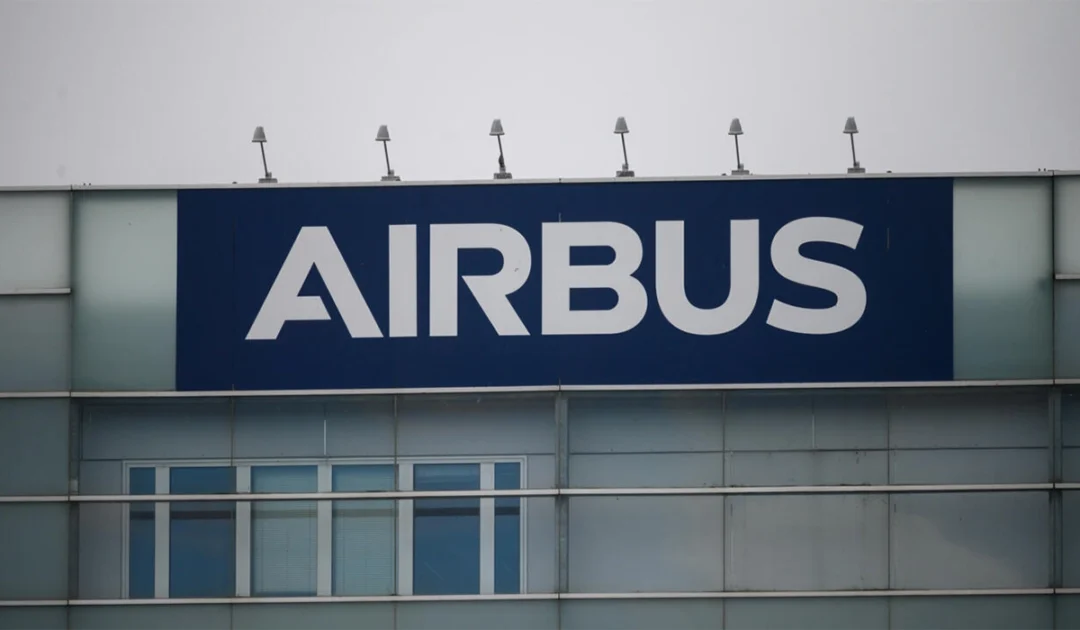- Web Desk
- Oct 28, 2025
Why Redmi Note 14 Pro might not offer more than Note 13 Pro in Pakistan
-
- Sadaan Khan
- Jan 18, 2025

ISLAMABAD: Mi Pakistan has finally launched the Redmi Note 14 Pro in the local market, and it is gradually becoming available on online shopping platforms and in mobile stores.
The smartphone is also listed on the official Mi Store Pakistan website. This model serves as the successor to the Redmi Note 13 Pro, though it doesn’t offer any significant changes in terms of specifications.
Xiaomi typically introduces major updates every two years, and this strategy remains unchanged. So, if you’re a Redmi Note 13 Pro user, don’t expect substantial upgrades in this model. If you’re looking for a major upgrade, it might be worth waiting for the expected Redmi Note 15 Pro, which could feature more notable enhancements.
The reason it feels like there hasn’t been a big change is that the phone retains the same rear and front cameras. The processor is also the same, albeit slightly tweaked and now branded as the Helio G100 Ultra.
The global variant of the Redmi Note 14 Pro comes with a MediaTek Dimensity 7300, while the version introduced in Pakistan features the MediaTek Helio G100, which is nearly 10 per cent slower than the Dimensity 7300. Additionally, the Dimensity 7300 supports 5G and offers a RAM speed of 6400 MHz, whereas the Helio G100 provides a lower speed of 4266 MHz.
Furthermore, the Dimensity 7300 supports DirectX 12, while the Helio G100 uses the older DirectX 11. Clearly, there has been some cost-cutting in the Pakistani variant of the Redmi Note 14 Pro.
What’s more confusing is that Xiaomi has reduced the maximum charging capacity. While the Redmi Note 13 Pro supported 67W fast charging, the new Redmi Note 14 Pro only supports 45W turbo charging.
One of the major disappointments for Redmi Note 13 Pro users was the lack of 4K video recording, and unfortunately, the Redmi Note 14 Pro still lacks this feature. This seems unusual for a 2025 smartphone priced as high as Rs95,000.
The screen and panel size of the Redmi Note 14 Pro remain the same as the Note 13 Pro. So, where’s the upgrade? The only notable addition is AI integration, specifically Gemini integration, which might allow users to edit photos.
However, it remains uncertain whether these features match Apple’s “Clean up” tool. Some Pakistani users might be drawn to the AI integration, but it’s still unclear how effective it will be.
Another concern is whether the Redmi Note 14 Pro will suffer from the same screen issues as its predecessor. The Redmi Note 13 Pro had an AMOLED screen that struggled to display videos and images taken in low light, often showing dots or dead pixels, even in high-resolution pictures.
This problem was widespread among Redmi Note 13 Pro units in Pakistan. Given that the Redmi Note 14 Pro uses the same screen, there is fear that these issues might persist.
It’s also now evident why Mi Pakistan recently reduced the prices of the Redmi Note 13 and Redmi Note 13 Pro models—to clear stock and make way for the Redmi Note 14 Pro.
In terms of pricing, the Redmi Note 14 Pro is currently available at Rs95,000 for the 12GB RAM and 512GB ROM variant, while the 8GB RAM and 256GB ROM version is priced at Rs80,000, creating a Rs15,000 price difference for users who want more storage and RAM.
Additionally, Mi Pakistan has introduced the base models in the Redmi Note 14 series, with the 8GB RAM and 128GB storage variant priced at Rs54,000 and the 8GB RAM and 256GB storage version at Rs58,000.
It’s worth noting that, just like with cars from the same manufacturers that are sold in Pakistan with lower specifications, smartphones also appear to be slightly downgraded or of lower quality compared to their global counterparts.
While the launch of the Redmi Note 14 Pro may attract interest, Pakistani users will be hoping not to encounter the same issues as seen in the previous models. Time will tell how well the Redmi Note 14 Pro performs in the Pakistani market.
Read next: Top five mid-range smartphones launched in Pakistan in 2024





